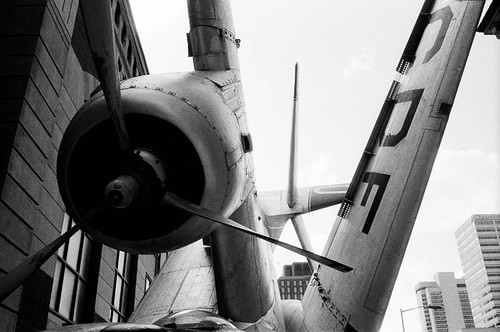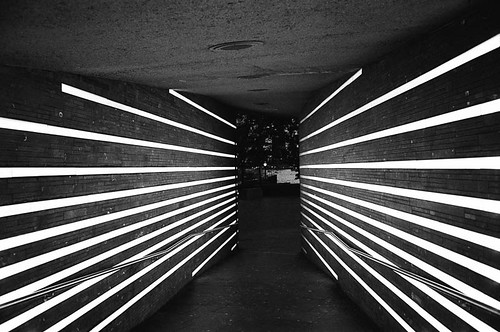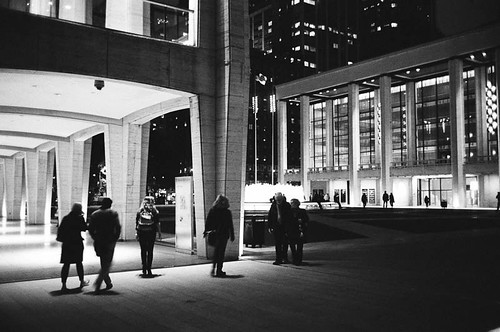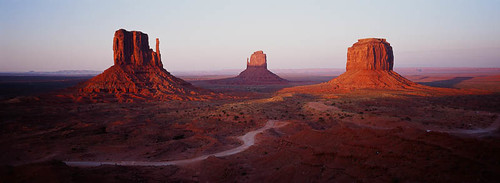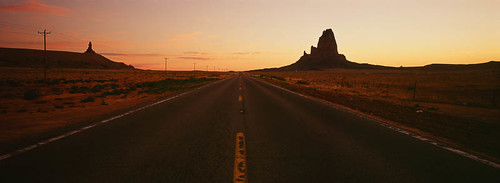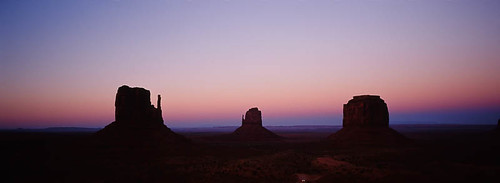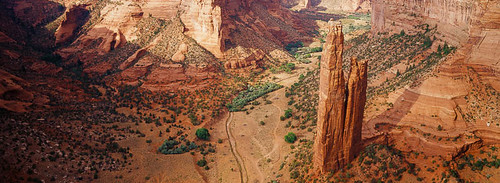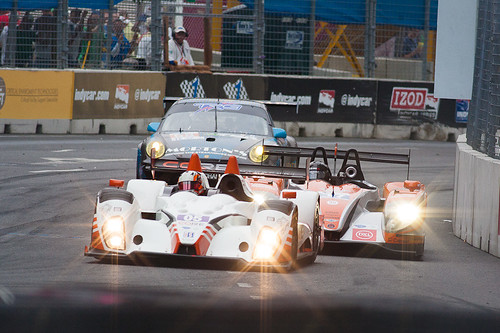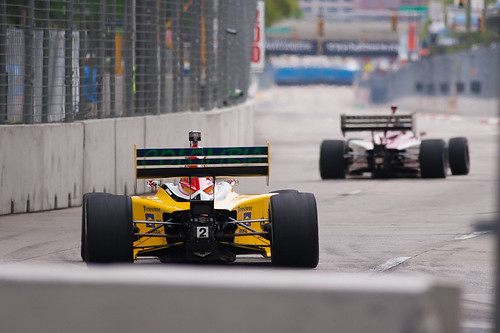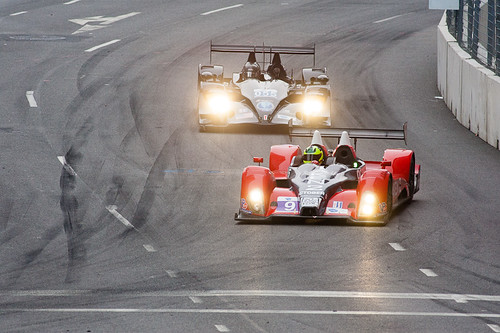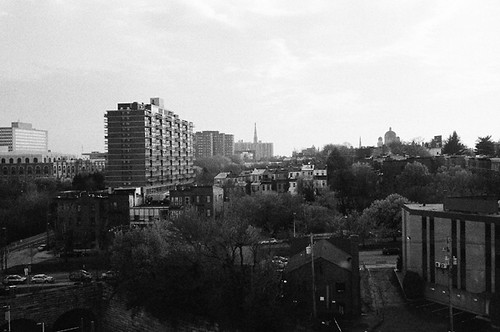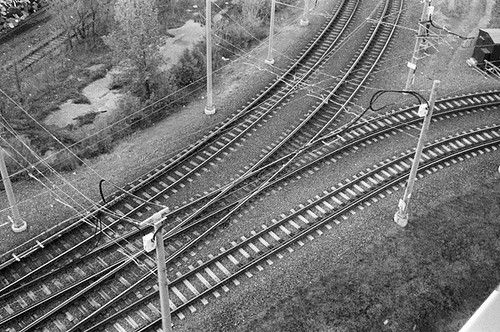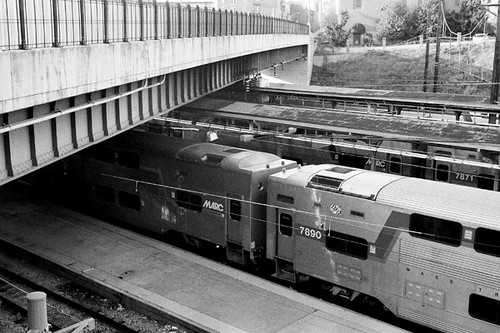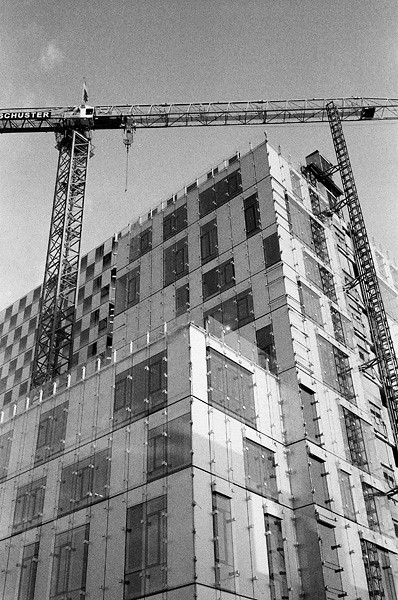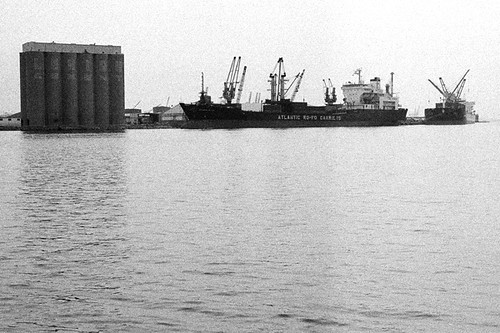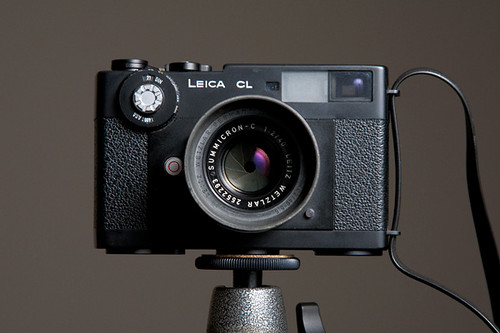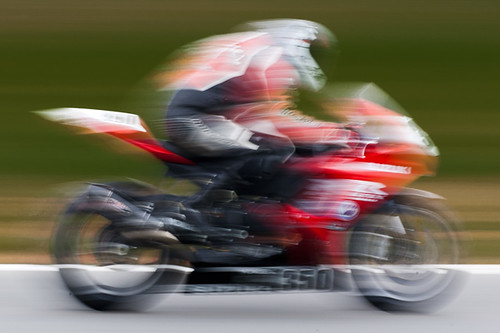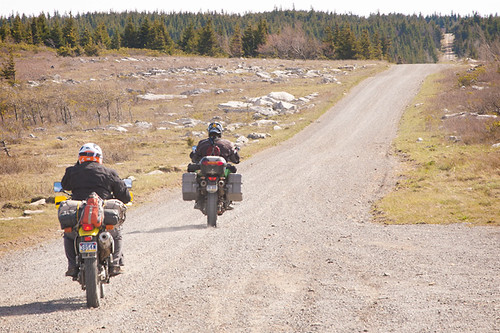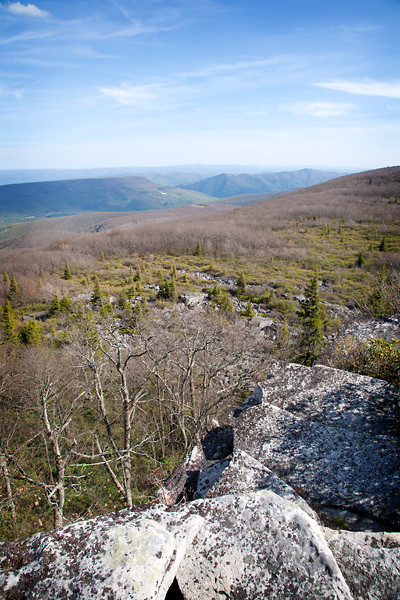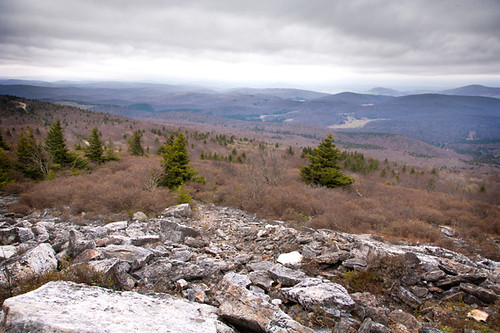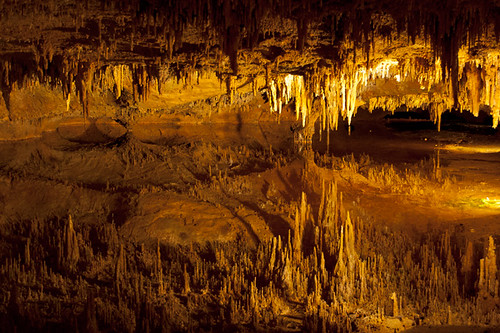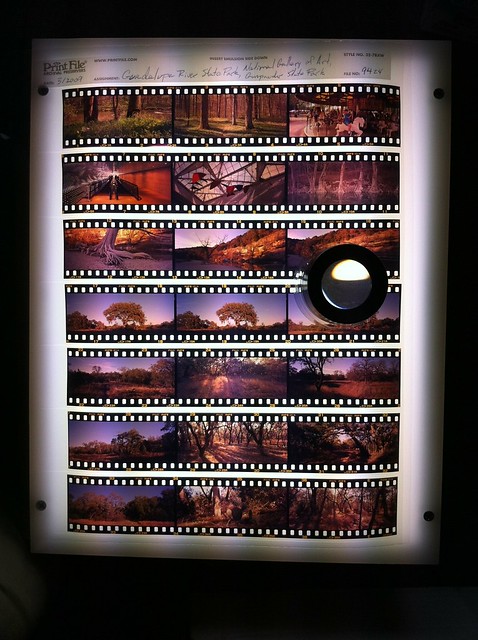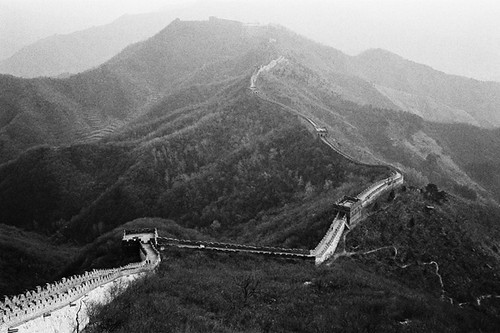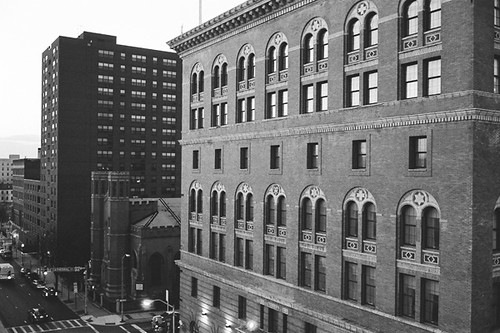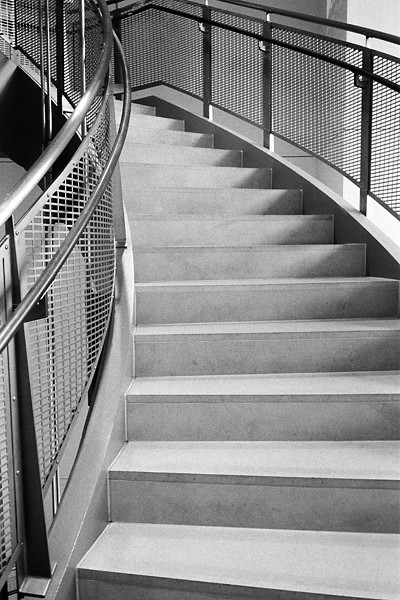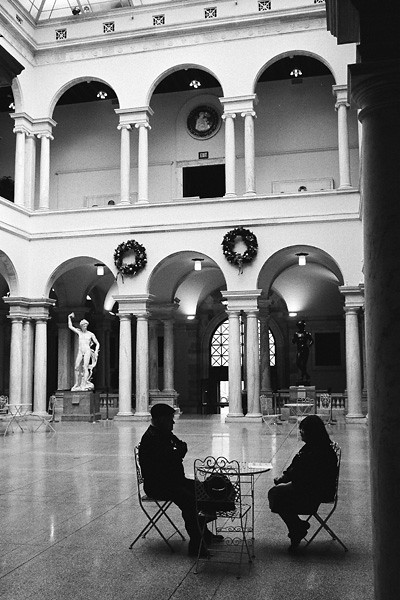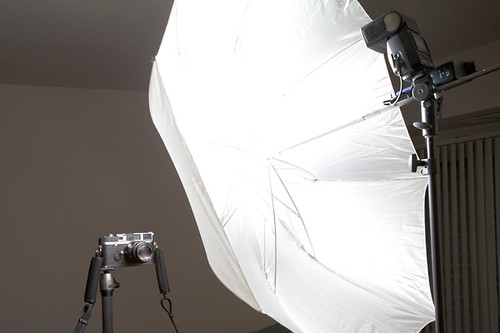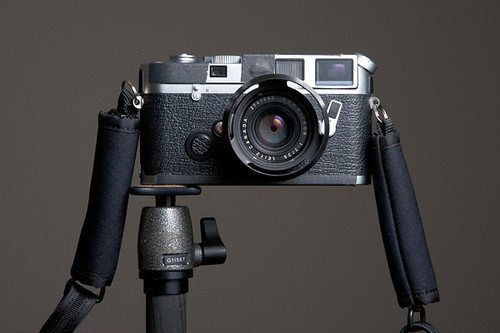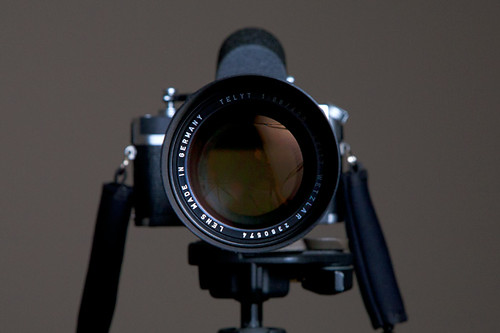Yes, it was a thousand miles. Yes, it was totally worth it.
Late last month we took our first trip out to Arizona using a nine-day itinerary that we put together back in 2010. Our original plan was to escape the cold of Maryland that March. Then we realized that the high desert of Arizona wasn't actually all that warm in early spring late winter, so we filed the itinerary away.
Before I continue though, I'd like to point out that this itinerary can be done in five days as well. So if you don't have nine vacation days, don't worry. Just change the two-night stays in Kayenta, Chinle, and Holbrook to one-night stays. What's more, you'll still get to be in the key locations at sunrise and sunset.
View Larger Map
Day 1:
Fly into Phoenix and drive to Cameron, stop for gas and supplies in Flagstaff. Cameron Trading Post has a nice hotel and a good restaurant, so I'd recommend staying there. Seriously, try the Navajo Taco. If you're really hard core, you can head over to the Grand Canyon for sunset (we didn't do this).
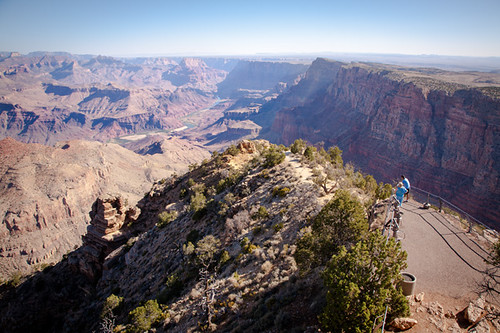
Day 2:
Get an early start and visit the south rim of Grand Canyon, which is about 45 minutes away from Cameron. The earlier you can get there, the better since the light is nicer, and the temperature is lower. Take the middle of the day to drive to Kayenta, then hit up Monument Valley for sunset.
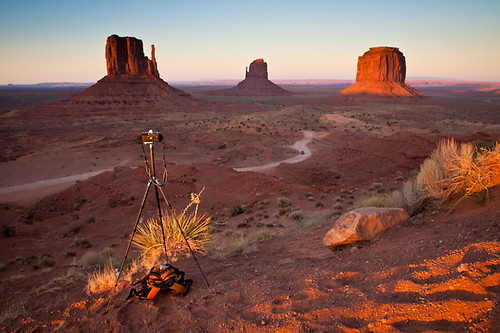
Day 3:
Head up to Monument Valley for sunrise, then do an early hike around the Wildcat Trail. Take plenty of water. Parts of the trail are sandy and therefore strenuous. Chill in the hotel for the hot part of the day, then head back to Monument Valley for sunset. I'd recommend booking a sunset tour with one of the local Navajo guides, which should run about $75 per person. Ask for the guide who plays his flute at the Big Hogan during the tour.
Day 4:
Gas up the car and drive down to Chinle (watch out for bulls and horses in the street), then hit up the north rim of Canyon de Chelly. Be sure to bring your binoculars to get a better view of the ruins.
Day 5:
Take an early hike from the south rim down to the White House ruins. Again, bring plenty of water, most of which you'll drink on the way back up to the top. When you get back to the top, hop in the car and preview the rest of the south rim. Wait out the heat in the hotel, then head back out for sunset pictures at Spider Rock.
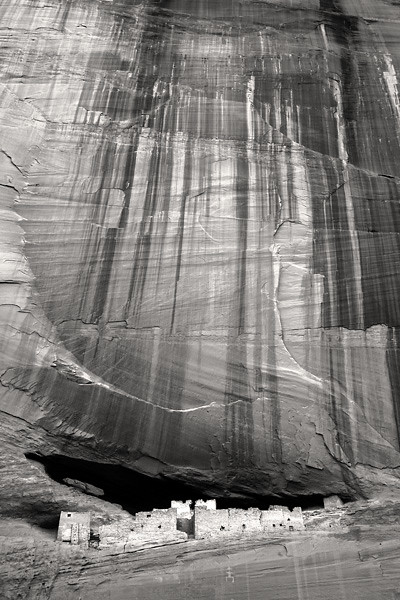
Day 6:
Take your time and make your way to Holbrook. Be sure to stop at the Hubbell Trading Post and Painted Desert along the way. I'd also recommend stopping at the Painted Desert visitor center to watch the film on how the park formed. Take some time in the evening to check out old Route 66 in Holbrook. Heck, you can even stay in a tepee at the Wigwam Motel.
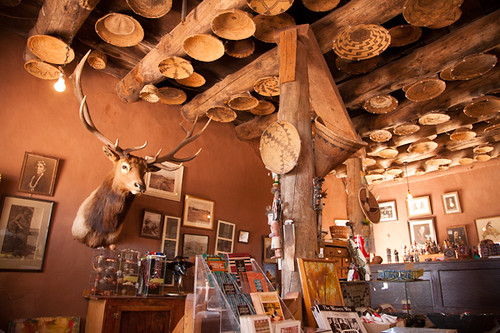
Day 7:
Petrified Forest. Take the morning to check out the amazing colors in the Crystal Forest, then head north to the Blue Mesa, Puerco Pueblo ruins, and Newspaper Rock. If you're into train-spotting, then this is also a great location since there's almost always train traffic along I-40. Again, escape the heat in the hotel, then head back to Blue Mesa for sunset pictures.
Day 8:
Listen to some Eagles and head over to Winslow. Hit up the Old Trails Museum, stand on "the corner", and walk old Route 66. Gas up the car and head south along AZ-87 (Bee Line Highway) to Phoenix. It's a fairly mundane drive at first, but it eventually opens up into an amazing mountain road. Be sure to stop and check out the saguaro cactus at Ballantine trail near mile marker 210.
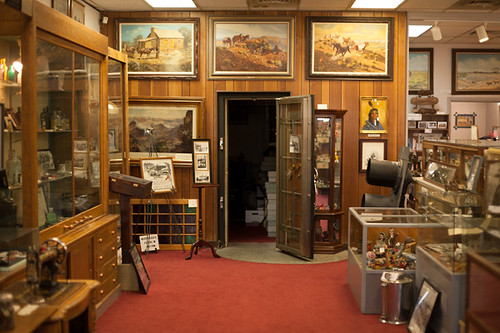
Day 9:
Fly out of PHX.
Other Tips:
Don't forget to make your hotel reservations in advance. There aren't a lot of options in towns like Cameron, Kayenta, and Chinle, especially if you care about the quality of your accommodations.
If you decide to book any tours or reservations, be sure to clarify whether Daylight Saving Time (DST) is in effect. Arizona does not observe DST, but the Navajo Nation does. I would also recommend not reading the time from your cell phone. Basically, most cell phones are configured to use the time of the nearest cell tower. The problem is that you don't know whether the nearest cell tower is actually in the Navajo Nation, so you don't know if your phone is giving you the correct time.
Also remember to pick up some extra jugs of water in Phoenix or Flagstaff. You never know what kind of cooling problems you or your car are going to have out in the desert. We didn't use up all our water, but the guys at the rental car return gladly took our unopened bottles.
